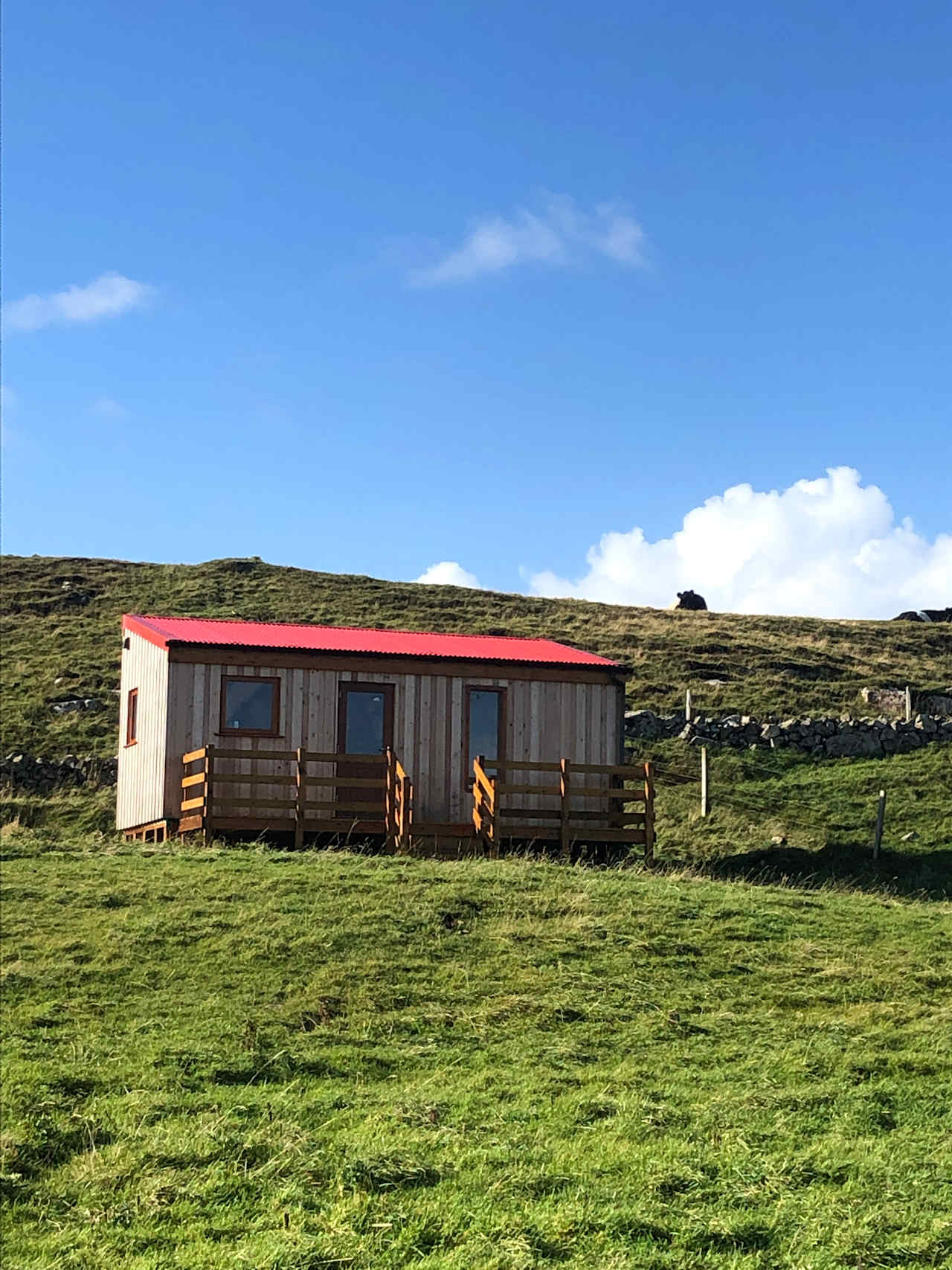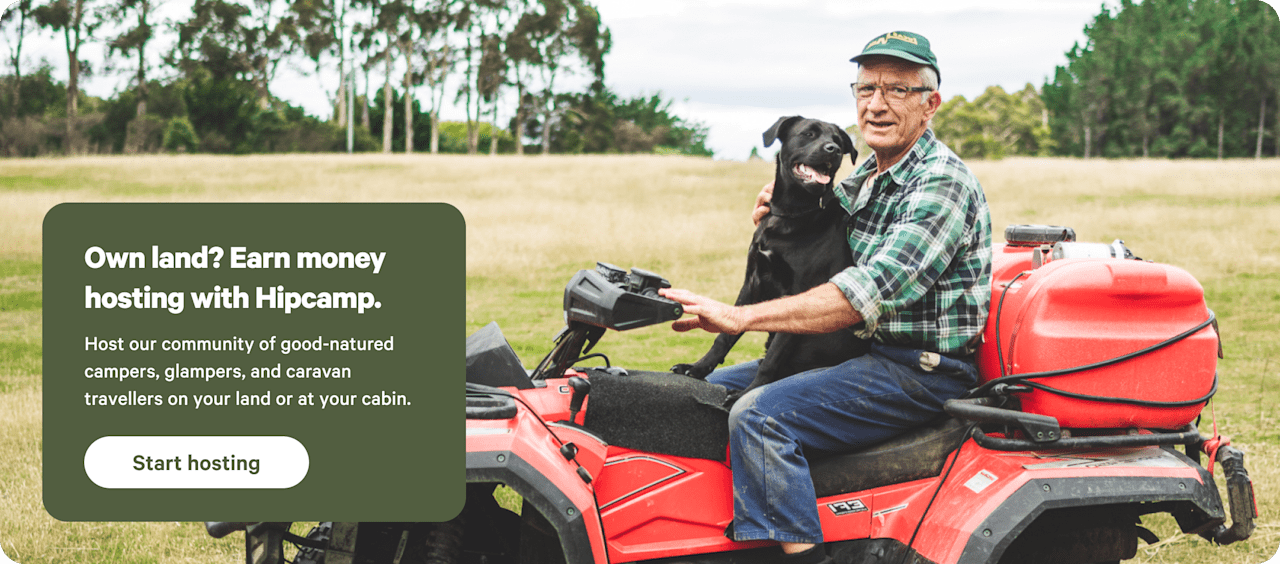Farm cabins near Lochmaddy
Little Lochmaddy is the precursor to memorable pitching adventures along North Uist’s sand-edged coastline.
- Lochmaddy
Popular camping styles for Lochmaddy


Farm cabins near Lochmaddy guide
Overview
There is not much to Lochmaddy beyond it being the northernmost of the two main ferry ports on the Uists, which form the southern part of the Outer Hebrides island chain along with Barra. In fact—besides a shop, ATM, hotel, and arts centre—there is nothing whatsoever, and no official campground. But look at the surroundings: moors, low mountains, snaking lochs, sea inlets, and gold sand beaches. In this remote landscape, finding a wild campsite is simple. Alternatively, head 7 miles northwest to the designated wild campground Clachan Sands, plonked between two phenomenal sandy beaches.
Where to go
Berneray
Teensy Berneray is often left out of trips to the Uists, because it has no ferry connection to the mainland, but this makes its already stunning (and peaceful) sandy beaches even lovelier. Wild camping is the order of the day here, and toward the north of the island, no one is likely to ever see you. The island is connected to North Uist by a causeway.
North Uist
North Uist has probably the finest example anywhere in the world of the special ecosystem known as machair: grassy and often flower-bedecked dunes that roll behind pristine beaches. At Clachan Sands is a designated wild camping spot (water tap and waste bin only) between two sandy sweeps of beach, with machair all around.
Southern South Uist & Eriskay
This tussocky, sandy part of the archipelago is most famously associated with a shipwrecked cargo of whisky washing up on the shores (celebrated in book and movie Whisky Galore). It fulfills many people’s dreams of the quintessential Scottish island (wandering sheep, entrancing sandy beaches, and photogenic scattered crofts). The best camping is on the north side of the causeway at Kilbride Campsite; wild camping along the lonely coast of Eriskay is an option, too.
When to go
The main weather campers should be aware of are rain and the wind—especially because Lochmaddy and its surrounds have little tree cover. Wind and rain can be bad at any time of year, with Lochmaddy often inaccessible in winter months due to extreme weather. This makes April through October the best window for a visit, when there is a better chance of more camper-friendly weather.
Know before you go
- Lochmaddy is linked by ferry to Uig on Skye (which has road connections to mainland Scotland via a bridge).
- Lochmaddy is on the island of North Uist. North Uist is connected via causeway to islands Benbecula, South Uist, and Eriskay.
- The other ferry port on this island chain is Lochboisdale, with ferries to Oban on mainland Scotland.
- The middle island in the chain, Benbecula, has an airport with flights to Glasgow.
- Shops are scarce on North Uist, Benbecula, South Uist, and Eriskay. Supermarkets can be found in Lochmaddy and at Sollas, 9 miles northwest. Get basic camping gear prior to arrival.
















